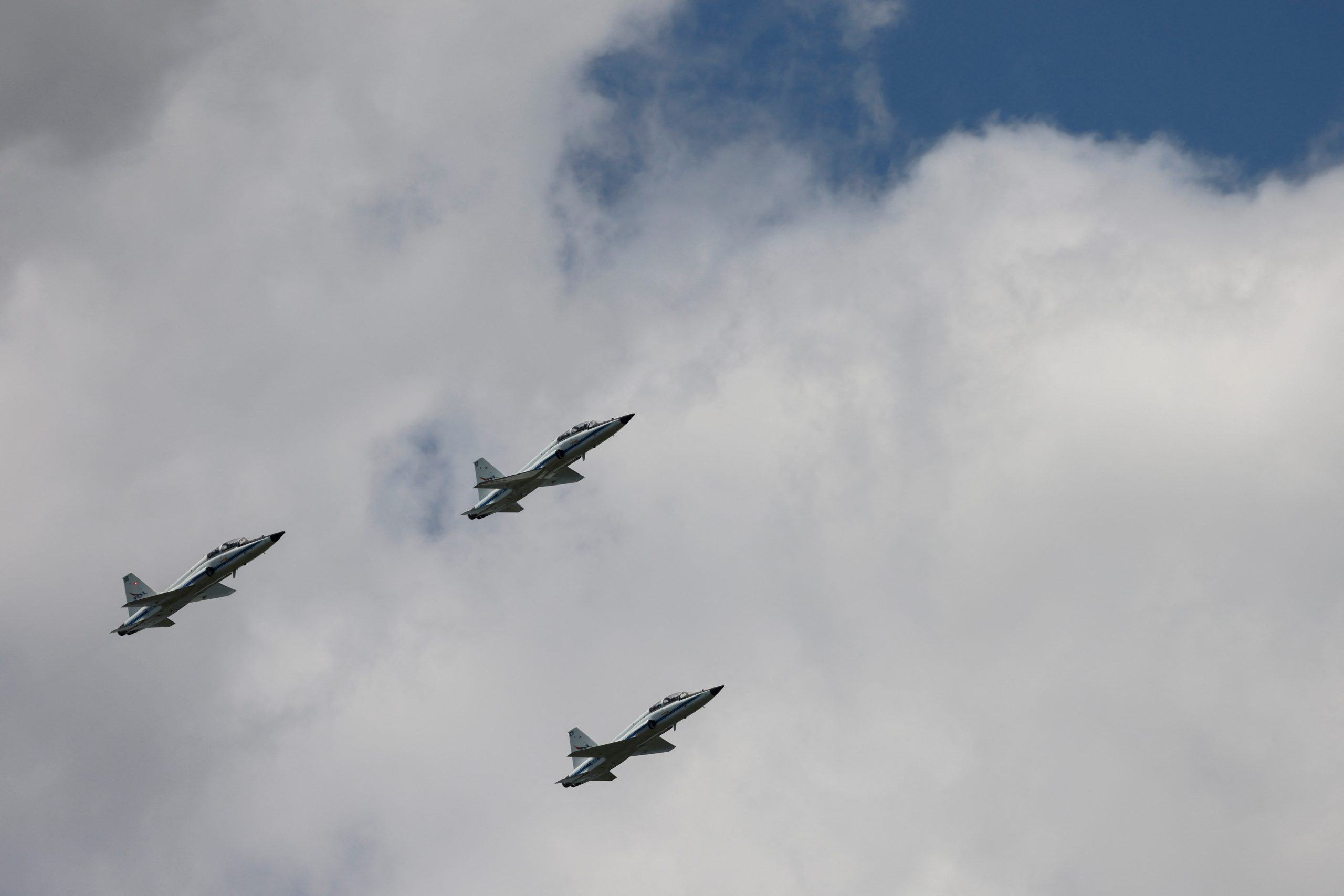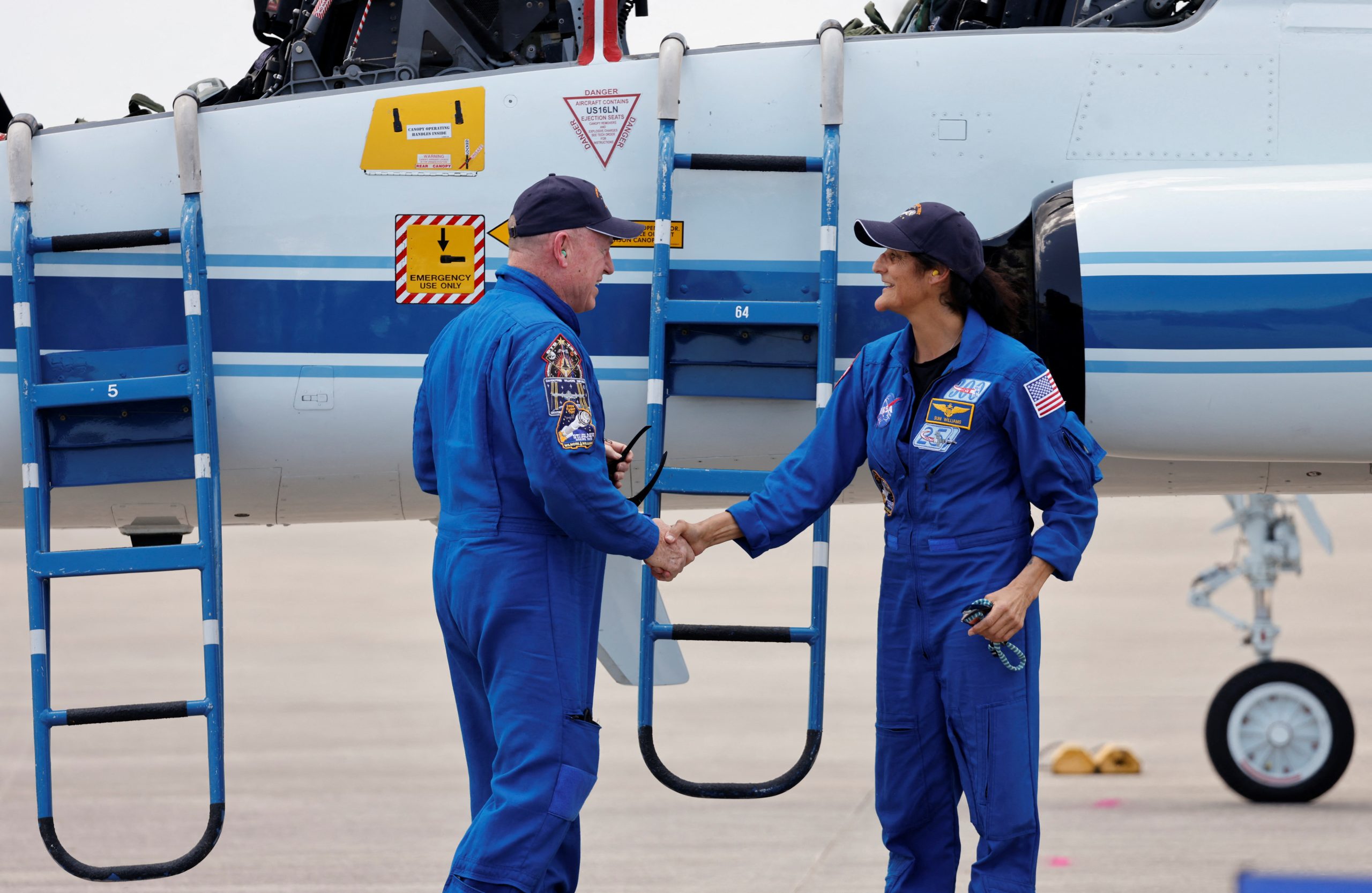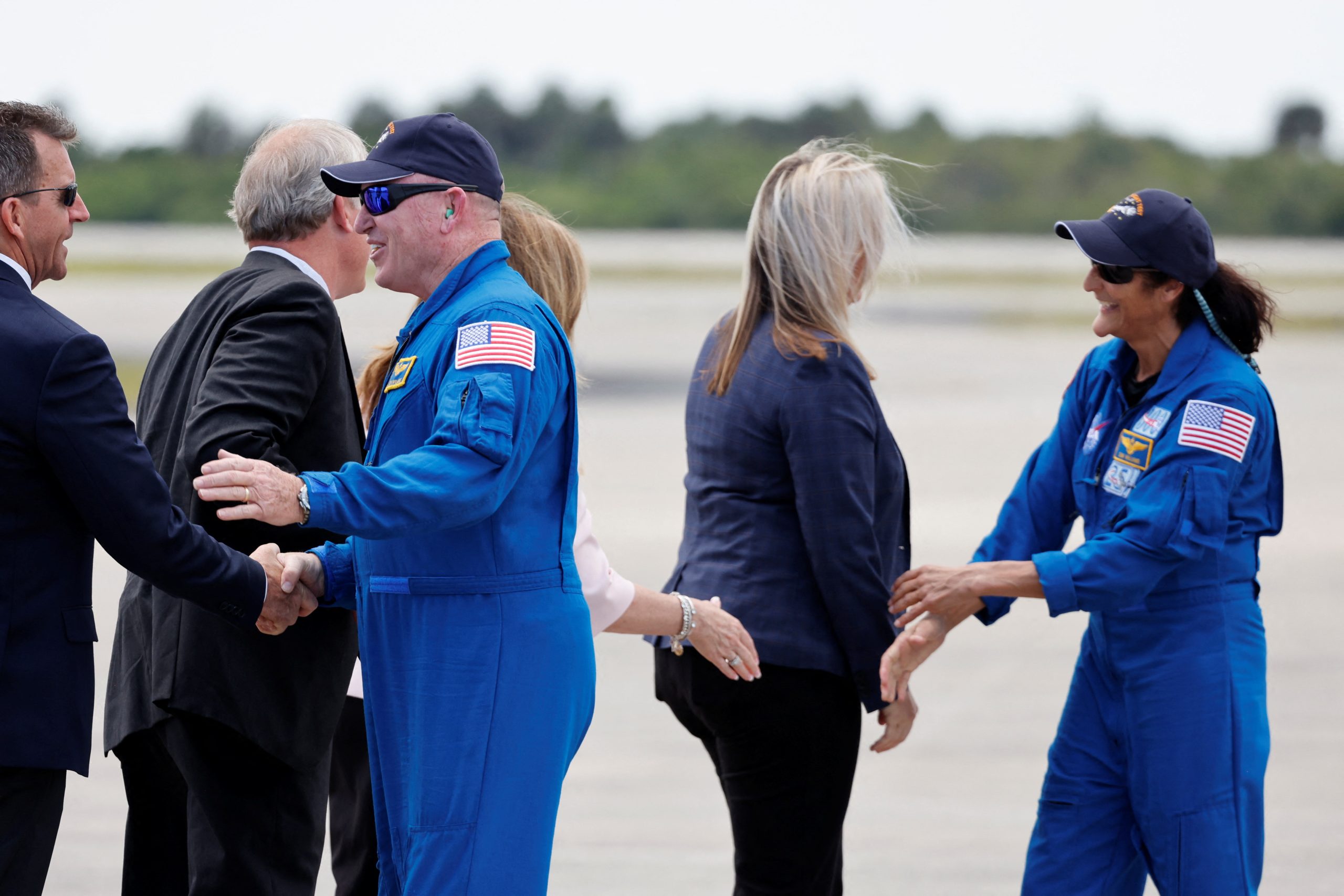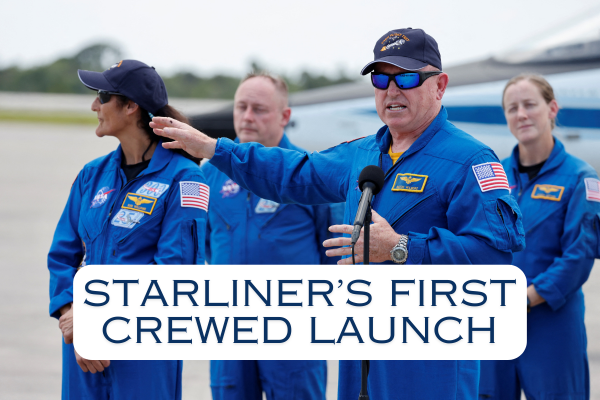After numerous delays and a series of issues in test flights, Boeing’s Starliner spacecraft is poised for its first manned launch. The mission, scheduled to depart from Florida on May 6, will transport NASA astronauts Suni Williams and Butch Wilmore to the International Space Station (ISS). This launch represents a significant milestone for the troubled Starliner program.

Mark Nappi, vice president and Starliner program manager at Boeing, acknowledged the challenges faced during the spacecraft’s development, especially given its complex nature as a human space vehicle. “Design and development is hard — particularly with a human space vehicle,” Nappi commented in a recent press briefing, highlighting the unexpected hurdles that have ultimately strengthened their team.
The decision to proceed with the upcoming launch was confirmed recently, though NASA officials, like Ken Bowersox, have emphasized that the specific date of May 6 is flexible, stating, “We’ll launch when we’re ready.”

Success for the Starliner would enable it to join SpaceX’s Crew Dragon in regular missions to the ISS, fulfilling NASA’s long-term vision of having two operational spacecraft. This would ensure continuous human presence on the space station, with each craft capable of serving as a backup for the other.
Bill Nelson, NASA Administrator, expressed his excitement about this progress in space exploration, declaring, “This is history in the making. We’re now in the golden era of space exploration.”

Boeing’s journey to this point has been fraught with setbacks, including significant issues identified during a 2022 uncrewed test flight. Despite these, Boeing and NASA have closely collaborated to address and resolve the spacecraft’s deficiencies, reaffirming their commitment to the program’s success.
During a recent news briefing, astronaut Butch Wilmore conveyed confidence in the readiness of both the crew and the spacecraft, stating, “We wouldn’t be here if we weren’t ready. The spacecraft’s ready, and the teams are ready.”
As Boeing and NASA continue their meticulous preparations, the aerospace community watches with anticipation, hopeful for a successful launch that could mark a new chapter in commercial space travel.





